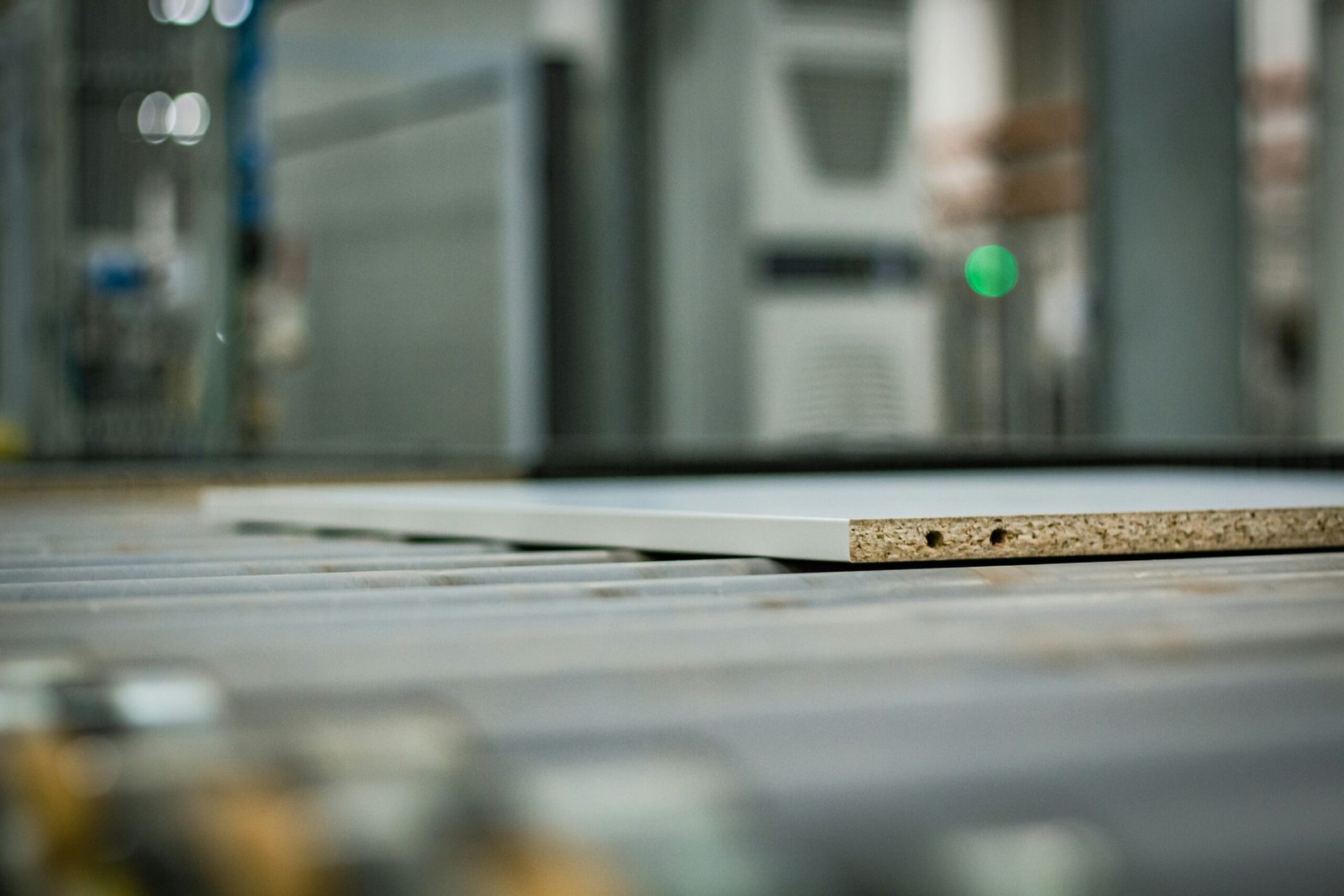Welcome to the ultimate guide on chair maintenance! In this article, you’ll learn how to tackle common wear and tear problems that your beloved chairs may encounter over time. From loose screws to torn upholstery, we’ve got you covered with easy-to-follow tips and tricks to keep your chairs looking as good as new. Say goodbye to squeaky hinges and wobbly legs as we walk you through the process of repairing and maintaining your chairs. Have you noticed that your favorite chair is starting to show signs of wear and tear? Don’t worry, you’re not alone! Chairs are a household item that gets a lot of use, so it’s natural for them to start looking a little worn over time. Luckily, many common wear and tear problems can be easily fixed with a little bit of know-how and elbow grease. In this article, we’ll walk you through some of the most common chair maintenance issues and how you can fix them yourself.

This image is property of images.unsplash.com.
Identifying Common Wear and Tear Problems
When it comes to chair maintenance, the first step is to identify the specific issues that are causing your chair to look worn or feel less sturdy. Some common wear and tear problems include loose screws, wobbly legs, torn upholstery, and squeaky joints. Take a close look at your chair and try to pinpoint exactly what needs to be fixed.
Fixing Loose Screws
One of the most common wear and tear problems with chairs is loose screws. Over time, the screws that hold your chair together can start to come loose, causing the chair to wobble or feel less stable. To fix loose screws, all you need is a screwdriver.
Start by flipping your chair over and tightening any loose screws that you can see. If a screw is stripped or won’t tighten, you may need to replace it with a new one. Make sure to use the correct size and type of screw for your chair to ensure a secure fit.

This image is property of images.unsplash.com.
Stabilizing Wobbly Legs
Another common issue with chairs is wobbly legs. This can be caused by loose screws, uneven floors, or worn-out leg joints. To stabilize wobbly legs, start by checking for loose screws and tightening them as needed. If the wobbling persists, you can try placing shims under the legs to even out the chair on uneven floors.
If the wobbling is caused by worn-out leg joints, you may need to reinforce them with wood glue or metal brackets. Simply apply a small amount of glue to the joint, then use clamps to hold it in place while the glue dries. This will help strengthen the leg and prevent future wobbling.
Repairing Torn Upholstery
Torn upholstery is another common wear and tear problem with chairs, especially in chairs that get a lot of use. To repair torn upholstery, you’ll need some basic upholstery tools and materials, such as fabric glue, a needle and thread, and a patch of matching fabric.
Start by cleaning the torn area and removing any loose threads. If the tear is small, you can simply apply fabric glue to the edges of the tear and press them together. For larger tears, you may need to sew a patch of fabric over the damaged area. Be sure to match the fabric as closely as possible to the original upholstery for a seamless repair.

This image is property of images.unsplash.com.
Fixing Squeaky Joints
Squeaky joints are another common issue with chairs, especially those made of wood. Squeaking can be caused by loose joints, dry wood, or friction between moving parts. To fix squeaky joints, start by identifying the source of the squeak.
If the squeak is coming from a loose joint, try tightening the screws or applying wood glue to the joint to strengthen it. If the squeak is caused by dry wood, you can apply a small amount of furniture wax or oil to the joints to reduce friction. Finally, if the squeak persists, you may need to sand down any rough edges or replace worn-out parts to eliminate the noise.
Preventing Future Wear and Tear
In addition to fixing common wear and tear problems, it’s important to take steps to prevent future damage to your chairs. By practicing good chair maintenance habits, you can extend the life of your chairs and keep them looking and feeling like new for years to come.
Some tips for preventing future wear and tear on your chairs include:
- Avoid dragging chairs across the floor, as this can scratch and damage the legs.
- Clean spills and stains promptly to prevent them from setting into the upholstery.
- Rotate and flip cushions regularly to distribute wear evenly and prevent sagging.
- Keep chairs out of direct sunlight to prevent fading and drying out of the upholstery.
- Use furniture pads on the legs to protect floors from scratches and dents.
Conclusion
In conclusion, by identifying common wear and tear problems, such as loose screws, wobbly legs, torn upholstery, and squeaky joints, you can take steps to fix these issues and prevent further damage to your chairs. With a little bit of know-how and some basic tools, you can keep your chairs looking and feeling like new for years to come. Remember to regularly inspect and maintain your chairs to catch any issues early and address them before they become more serious. By practicing good chair maintenance habits, you can extend the life of your chairs and enjoy comfortable seating for years to come.
